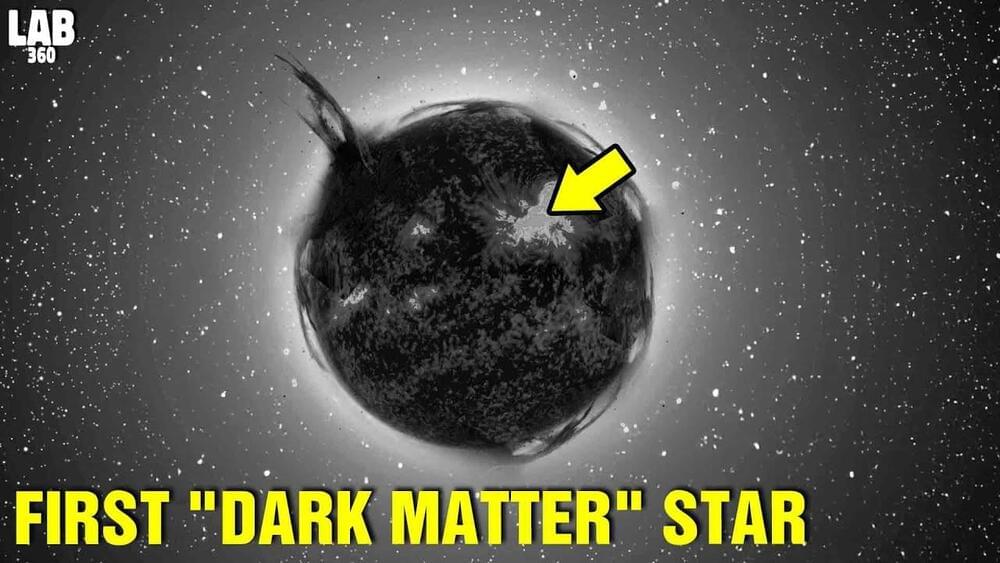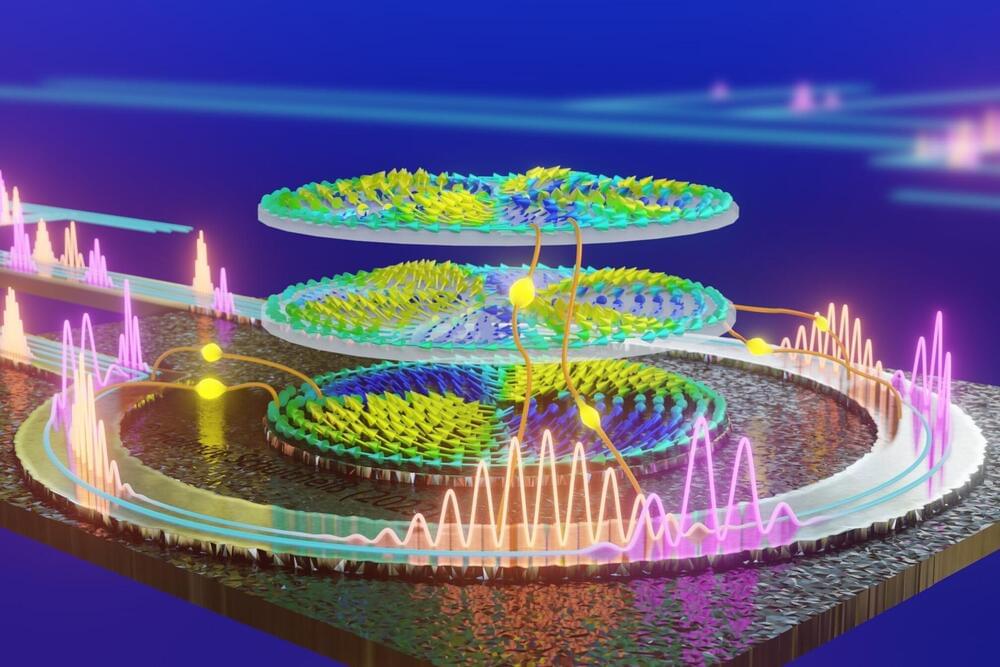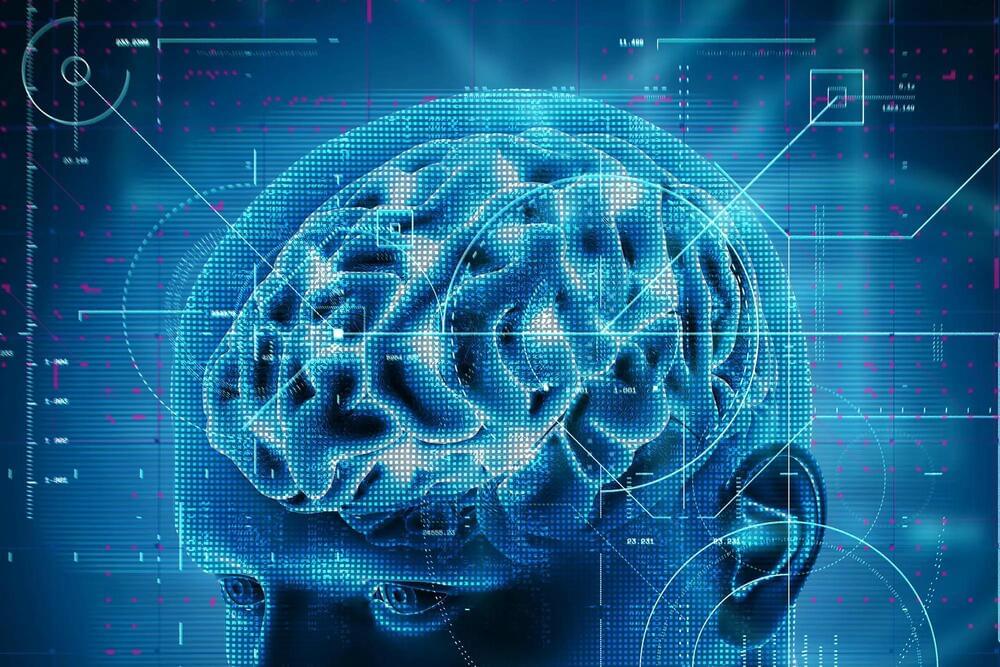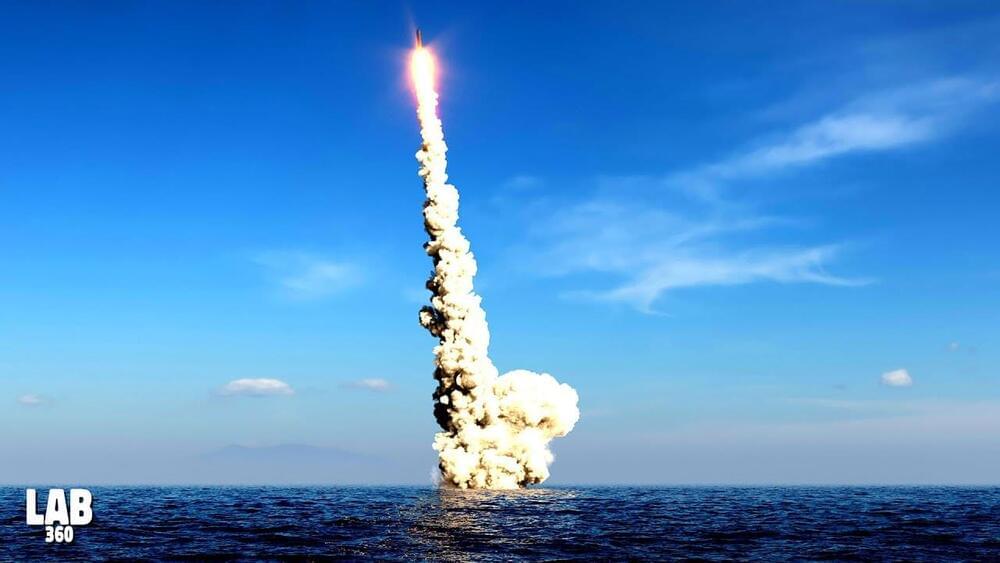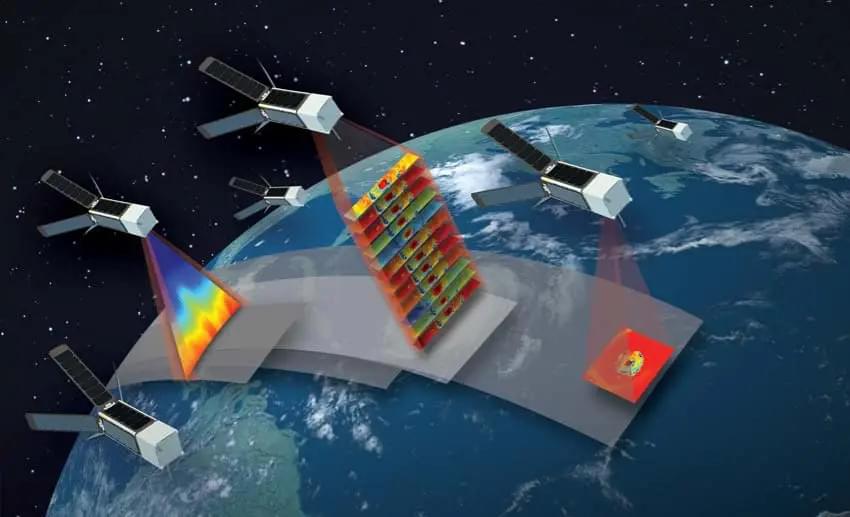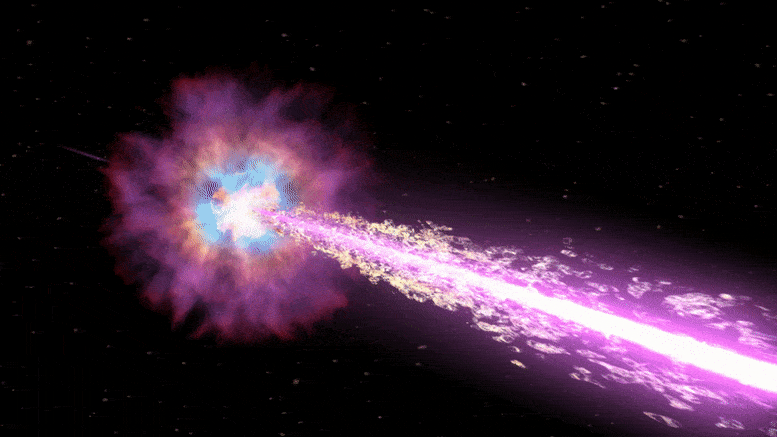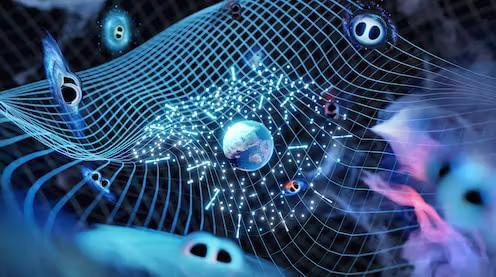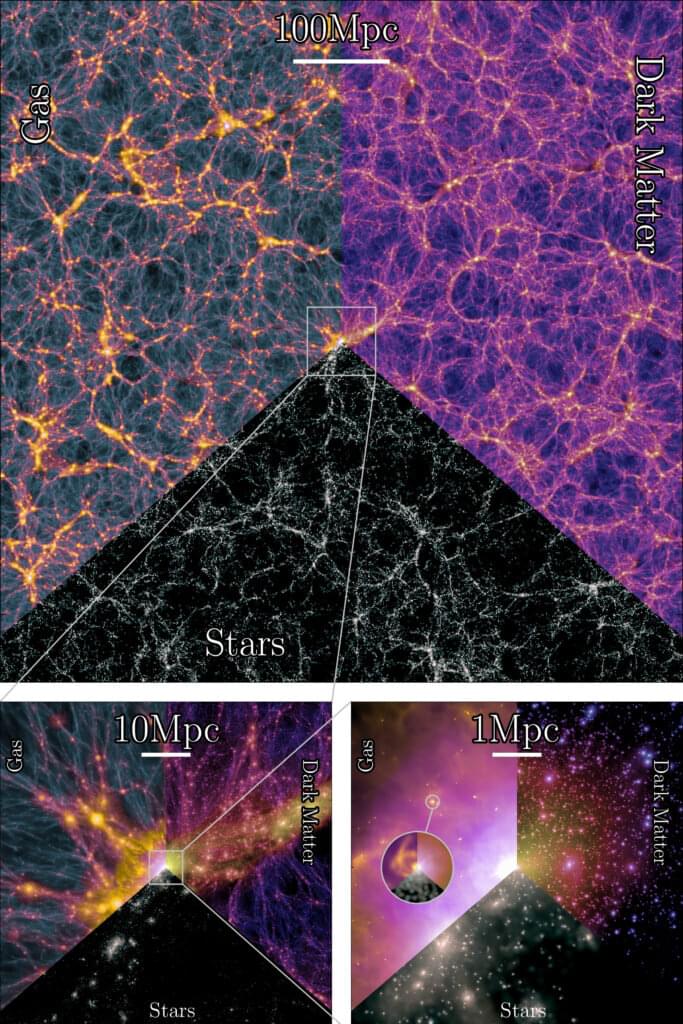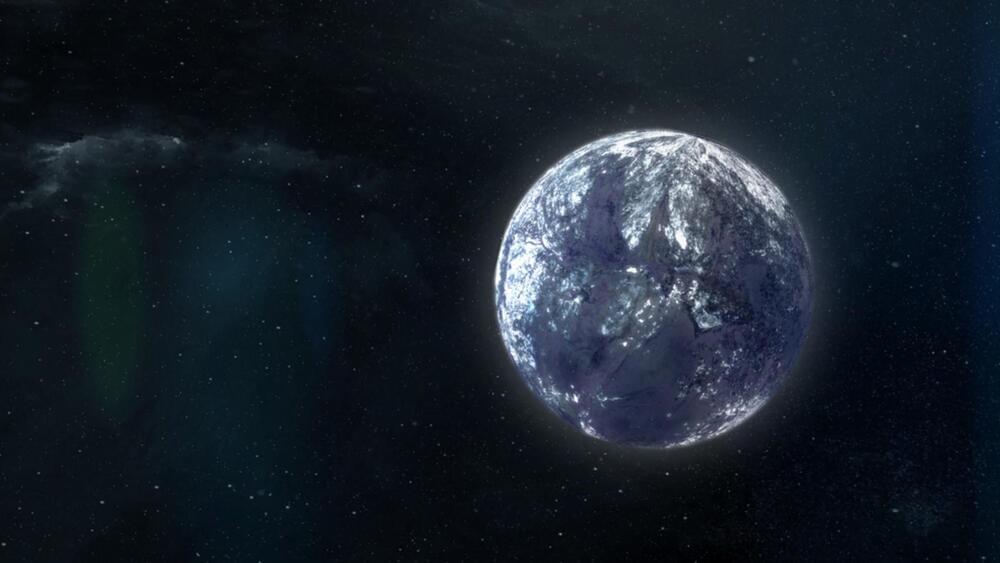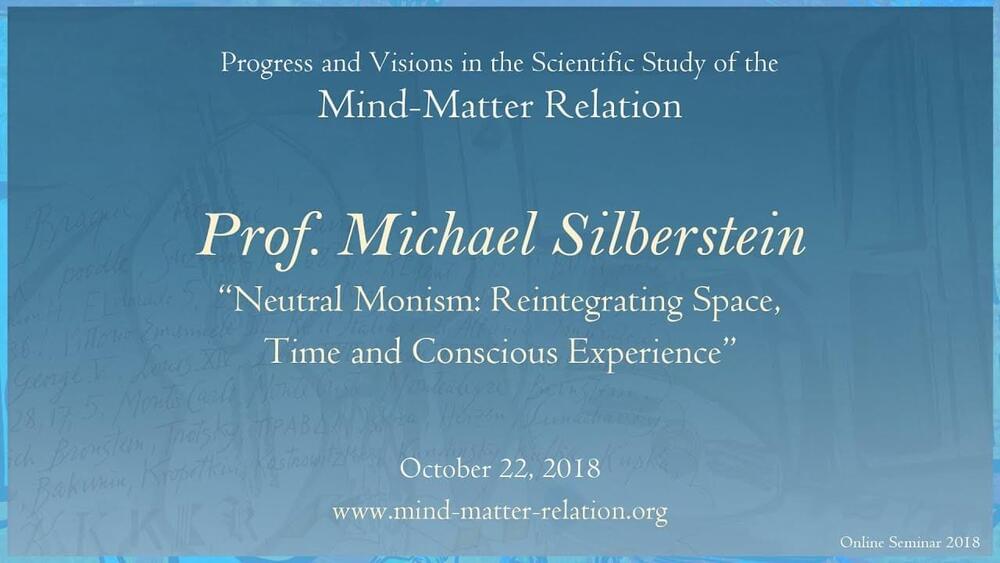Another day, another mind-bending discovery by the James Webb Space telescope!And this time it has caught glimpse of possible first ever Dark Stars! What are dark stars and why is this discovery so huge?
Intriguing insights have emerged from a collaborative effort involving three astrophysicists from The University of Texas at Austin, and Colgate University. Their investigation delved into the images captured by the James Webb Space Telescope, leading to the identification of three luminous objects that could potentially be dark stars.#darkmatter #stars #jameswebbspacetelescope Join Lab360 to get access to some amazing perks:
https://www.youtube.com/channel/UCZYqWTQJzJaMW7jFG16p8ug/joinSubscribe:
http://bit.ly/1V77IUhWelcome to Lab 360! The ultimate destination for the latest space news and space documentaries from the world of astronomy and astrophysics. Stay updated with all the current discoveries from NASA, James Webb Space Telescope, along with easily explained videos on black holes, asteroids, galaxies, planets, and more.
You will also find a collection of easy-to-perform experiments that will feed the science enthusiast in you! Are you ready?
